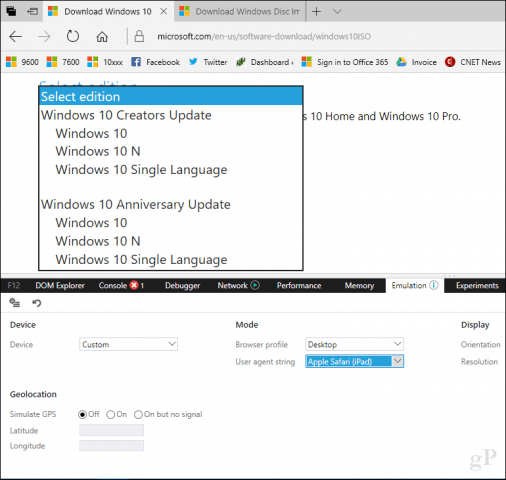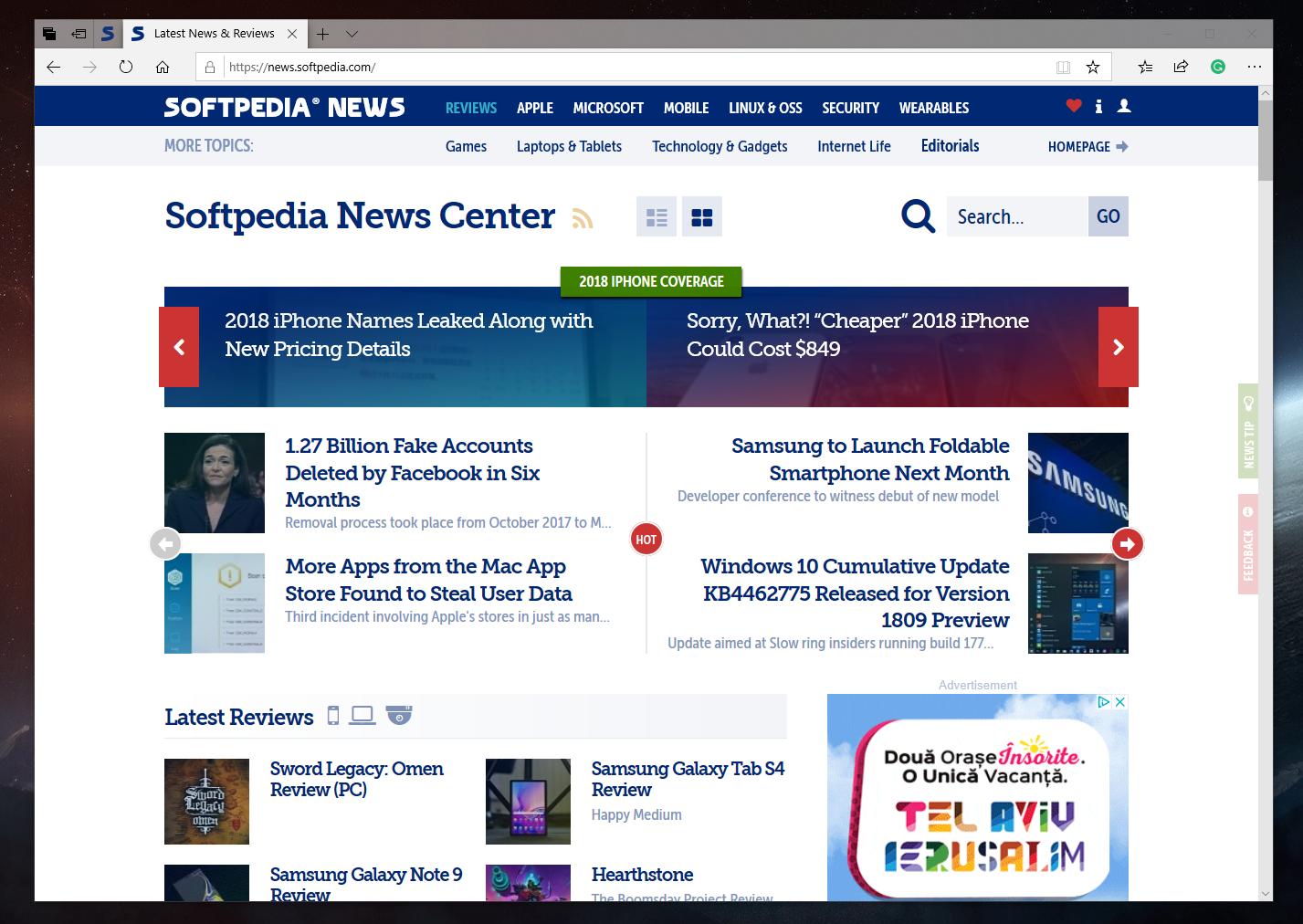Nov 21, 2019 1 User-Agent in Edge Developer Tools Since, Microsoft Edge has completed the migration from EdgeHTML to Chromium, changing the user agent is a different process now! SG have information for user agent defined for well known browsers such as Microsoft IE, Chrome, Firefox, Netscape, Opera and Safari. However, it doesn't include the Microsoft Edge browser. The customer would like to add it into the trusted source browser in the SG. I use the Microsoft Edge Chromium version on my Windows 7 PC. The problem I am having is no websites recognize the browser as Edge but instead as Firefox. I am not receiving any Edge Reward Points too for this reason. This is my User-Agent string. Mozilla/5.0 (Windows NT 10.0; Win64; x64; rv:67.0) Gecko/20100101 Firefox/67.0. To override the user agent string from Microsoft Edge DevTools: Select Control + Shift + P (Windows, Linux) or Command + Shift + P (macOS) to open the Command Menu.
 -->
-->A user agent (UA) string is able to be used to detect what version of a specific browser is being used on a certain operating system. Like other browsers, Microsoft Edge includes this information in the User-Agent HTTP header whenever it makes a request to a site. It may also be accessed via JavaScript by querying the value of navigator.userAgent.

Microsoft recommends that web developers make use of feature detection whenever possible to improve code maintainability, reduce code fragility, and eliminate the risk of code breakage in the event of future UA string updates.
For cases where feature detection is not applicable and UA detection must be used, the format of the Microsoft Edge UA on desktop is as follows:
The User-Agent request header is in the following format:
The return value from navigator.userAgent is in the following format:
Platform identifiers change based on the operating system being used, and version numbers also increment as time passes. This format is the same as the Chromium UA with the addition of a new Edg token at the end. Microsoft selected the Edg token to avoid compatibility issues that may be caused by using the string Edge, which is used by the version of Microsoft Edge based on EdgeHTML. The Edg token is also consistent with existing tokens used on iOS and Android.
Mapping UA String to Browser Name
Mapping UA string tokens to a more human-readable browser name for use in code is a common pattern on the web today. When mapping the new Edg token to a browser name, Microsoft recommends using a different name than the one developers used for the legacy version of Microsoft Edge to avoid accidentally applying any legacy workarounds that are not applicable to Chromium-based browsers.
User Agent Overrides
User Agent Extension Edge

Sometimes, a website does not recognize the updated version of the Microsoft Edge UA. As a result, a set of the features of that website may not work correctly. When Microsoft is notified about these types of issues, website owners are contacted and informed about the updated UA.
New Microsoft Edge User Agent
The sites often need some time to update and test the UA detection logic to address the issues that Microsoft reports to site owners. In these cases, Microsoft uses a list of UA overrides in our Beta and Stable channels to maximize compatibility for users who access these sites. The overrides specify new UA values that Microsoft Edge should send instead of the default UA for specific sites. You are able to view the list of UA overrides that are currently being applied by navigating to edge://compat/useragent in the Beta and Stable channels of Microsoft Edge.
Our Canary and Dev channels do not currently receive UA overrides so that web developers have an environment where they can easily reproduce issues on their sites that are caused by the default Microsoft Edge UA. If for some reason you require the ability to disable UA overrides in the Beta or Stable channels of Microsoft Edge, you may run the Microsoft Edge executable using the following command line argument:
